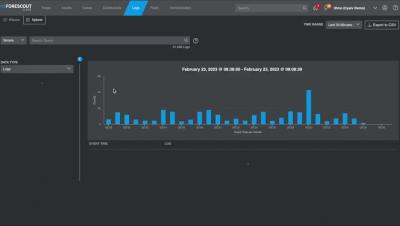Security | Threat Detection | Cyberattacks | DevSecOps | Compliance
XDR
What is XDR? Is the security impact real or hyped?
CrowdStrike Brings Extended Detection and Response to New z16 and LinuxONE 4 Single Frame and Rack Mount Models
We are excited to collaborate with IBM, which today unveils its new IBM z16 and LinuxONE Rockhopper 4 single frame and rack mount models, available globally on May 17, 2023. Powered by IBM’s Telum processor, these new configurations are designed for highly efficient data centers with sustainability in mind. CrowdStrike customers can make more effective use of their data center space while remaining resilient in the midst of ongoing global uncertainty.
3 tips on how to differentiate XDR from EDR
Cybersecurity solutions have evolved from a basic investigation and discovery technology to behavioral analysis solutions that enable real-time detection and response. However, if they are to be truly effective, they must also protect against anomalous behavior that may seem harmless on its own, but after gaining a bigger picture by correlating and contextualizing detections, turns out to be an incident that needs to be responded to as soon as possible.
CrowdStrike and Abnormal Security: Better Together
MDR vs EDR vs XDR: What is Best for Your Business?
WatchGuard's XDR Solution, ThreatSync, Simplifies Cybersecurity for Incident Responders
XDR: what is it, how does it work and how do MSPs use it?
We have been talking about eXtended Detection and Response (XDR) for some years now, but despite being a buzzword in the industry, a fundamental question remains: what are we really talking about here? According to Gartner, which first defined the term in 2020, XDR is a vendor-specific threat detection and incident response tool that natively integrates multiple security products into a cohesive security operations system.
Introducing Forescout XDR: Putting the X, D and R Back in XDR
According to a Mandiant survey of 1,350 global business and IT leaders, when trying to secure their networks against cyber threats, nearly all respondents (96%) believe it’s important to understand the threat actors targeting their organizations. That’s hardly a surprise. But then there’s this finding: 79% of respondents say that most of the time, they make decisions about cyberattacks without insights into who could be targeting their organization.











